Networking Sessions
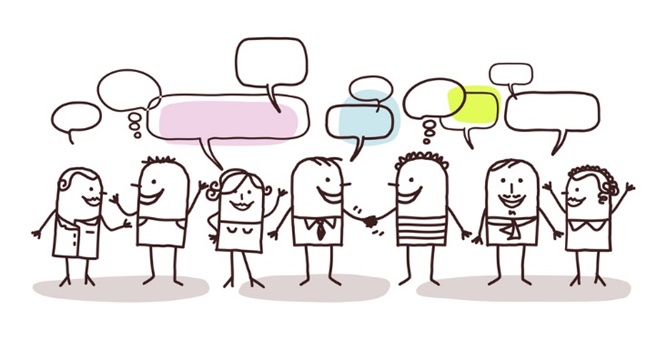
A Networking Session is a simple mix-it-up activity that allows students to talk to others they don’t usually talk to. It can be pre-planned or implemented on-the-spot.
Three 3’s in a Row
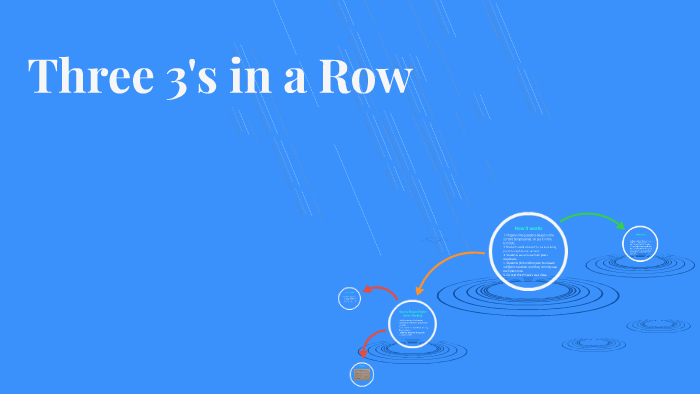
Three 3’s in a Row is like Bingo, in which students interact with peers and get peers feedback on what they should write in the boxes of their template. This activity is great for several reasons:
Hold-Ups
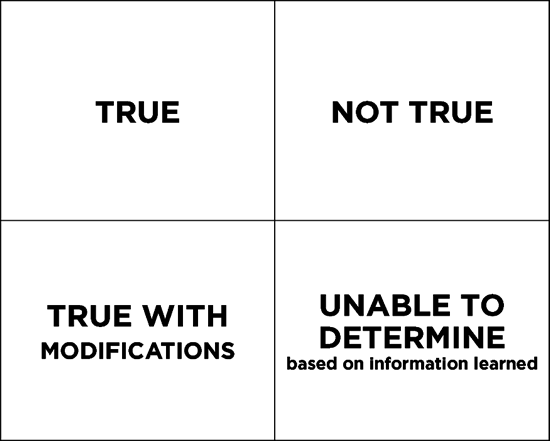
Hold-Ups are interaction-based activities that use response cards. In these activities, students interactively reflect on a prompt and hold up a card, paper, or whiteboard in response. The most essential component to the Hold-Up is the interaction.
Thumbs Up/Down Vote

Thumbs Up/Down Vote is another one of those quick techniques that many teachers use frequently. It is simply a yes/no vote with students putting their thumb up if they agree and down if they disagree. This simple technique provides a quick reading of the class, but to make it meaningful, it should be used as the second or last part of a Ripple. In other words, the vote ought to represent deep thinking that has already occurred, and for which you have already required evidence from each of your students.
Ranking

Ranking is an activity that requires your students to analyze components of the concepts that you are teaching and then justify their reasons for assigning rankings. It can be done on the spot, or it can be carefully planned to allow for more thorough analysis.
Similes
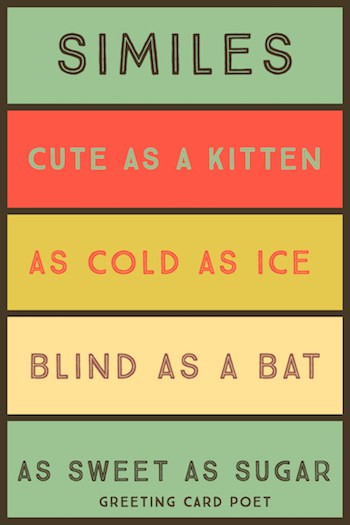
Similes compare two unrelated things. For example, a simile using the topic of TPTs might be “TPTs are like safety nets in that they protect students from falling through the cracks.” Similes can provide opportunities for abstractly portraying the big picture of concepts in a way that sums up their meaning.
Thumps Up When Ready & Processing Cards
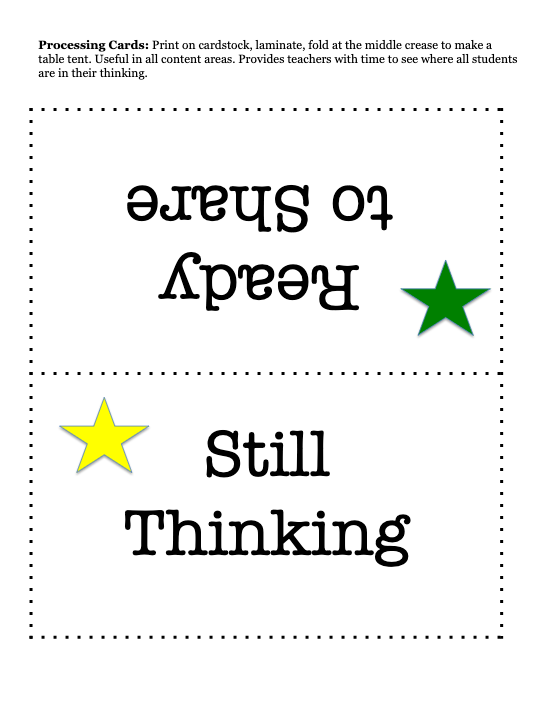
Allowing students to take even a brief moment to process their reflections to a prompt is critical if you want to get high quality responses, especially if you have students with certain special needs or English language learners in your class. Here are two ways to read each individual’s progress as the students process their reflections. Both techniques also serve as great unspoken reminders to students that they should all be in the process of reflecting on the prompt.
Chalkboard Splash
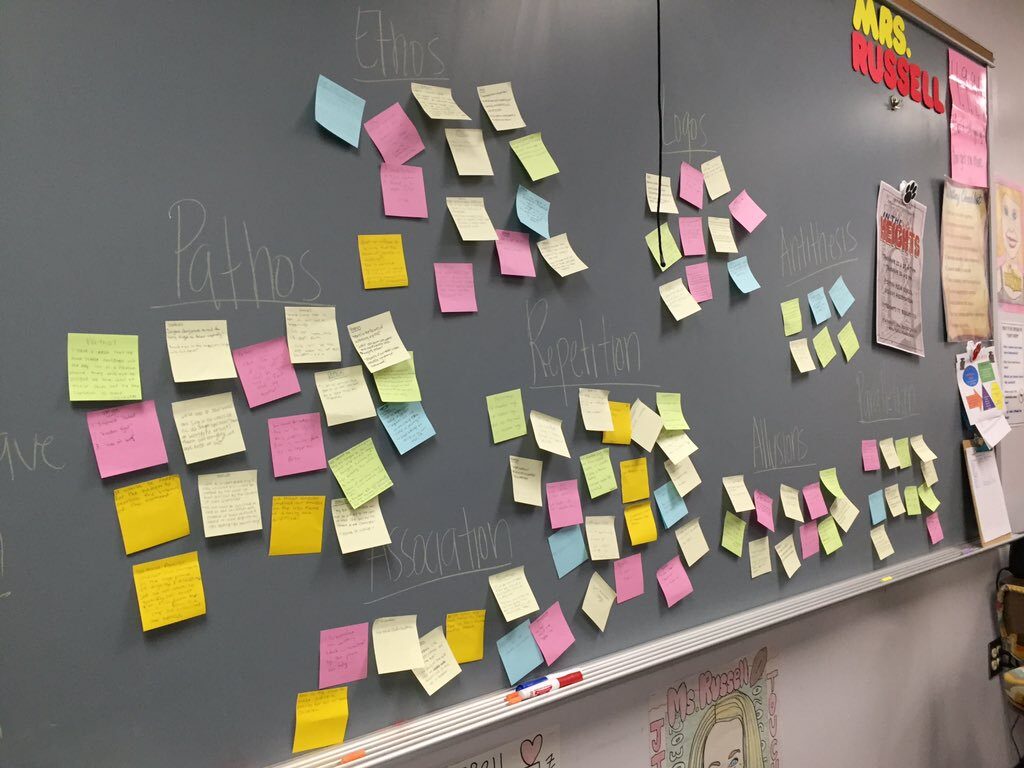
Chalkboard Splashes provide a quick way to debrief students’ responses, Quick-Draws, or abbreviated Quick-Writes.
Quick-Draw Gallery Walk

Quick-Draws are opportunities for students to demonstrate their understanding of an abstract term or concept by representing it in a drawing. This can be used with any age group and in any content area, not only for
Quick-Draws
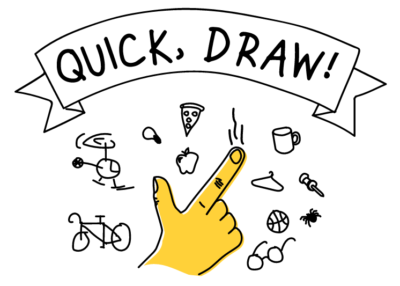
Quick-Draws are opportunities for students to demonstrate their understanding of an abstract term or concept by representing it in a drawing. This can be used with any age group and in any content area, not only for
Quick-Writes
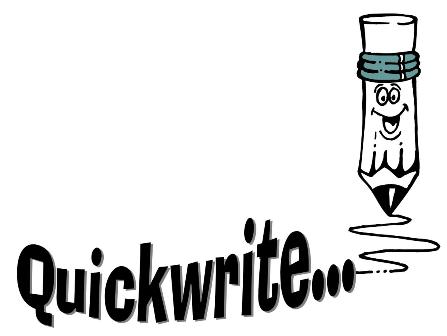
A Quick-Write is a brief activity that can be inserted at almost any point within a lesson or planned ahead using prepared prompts.
